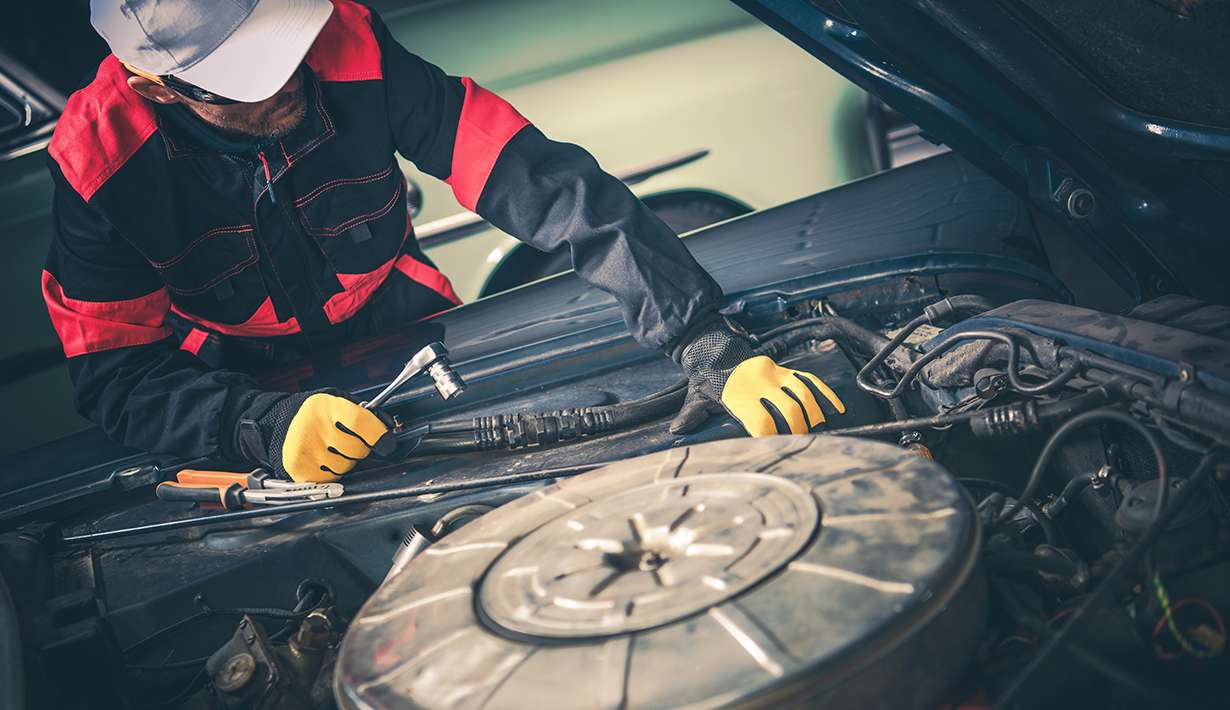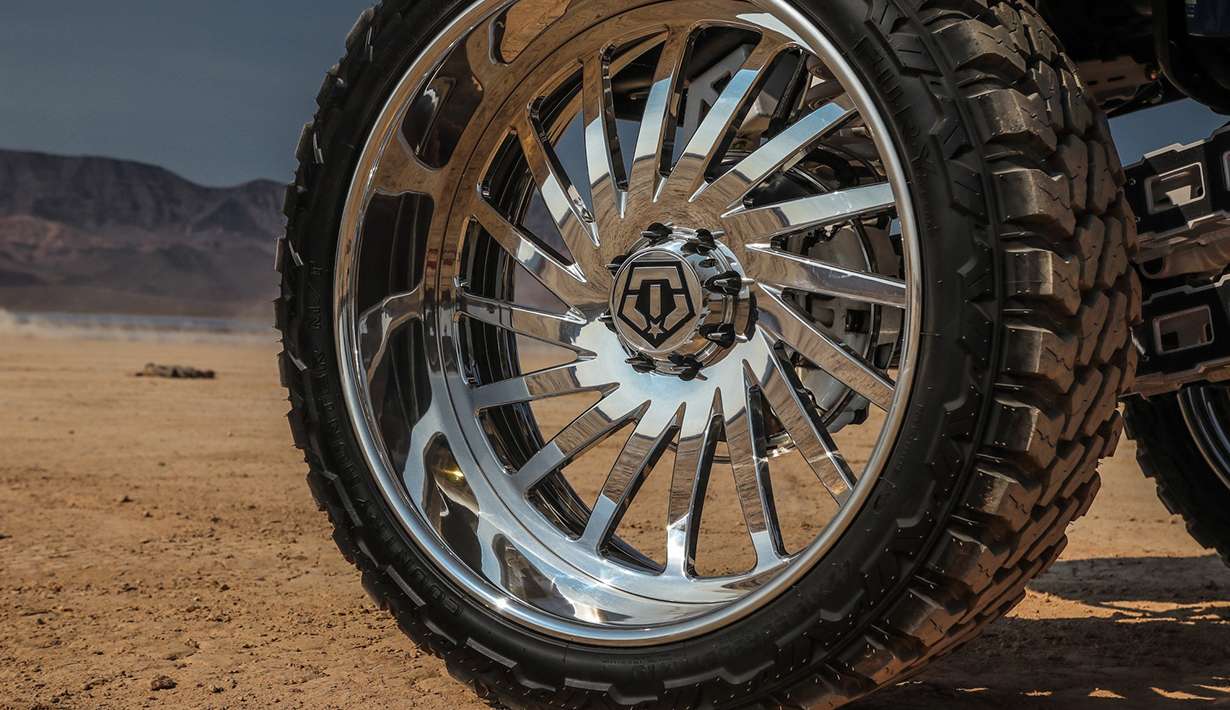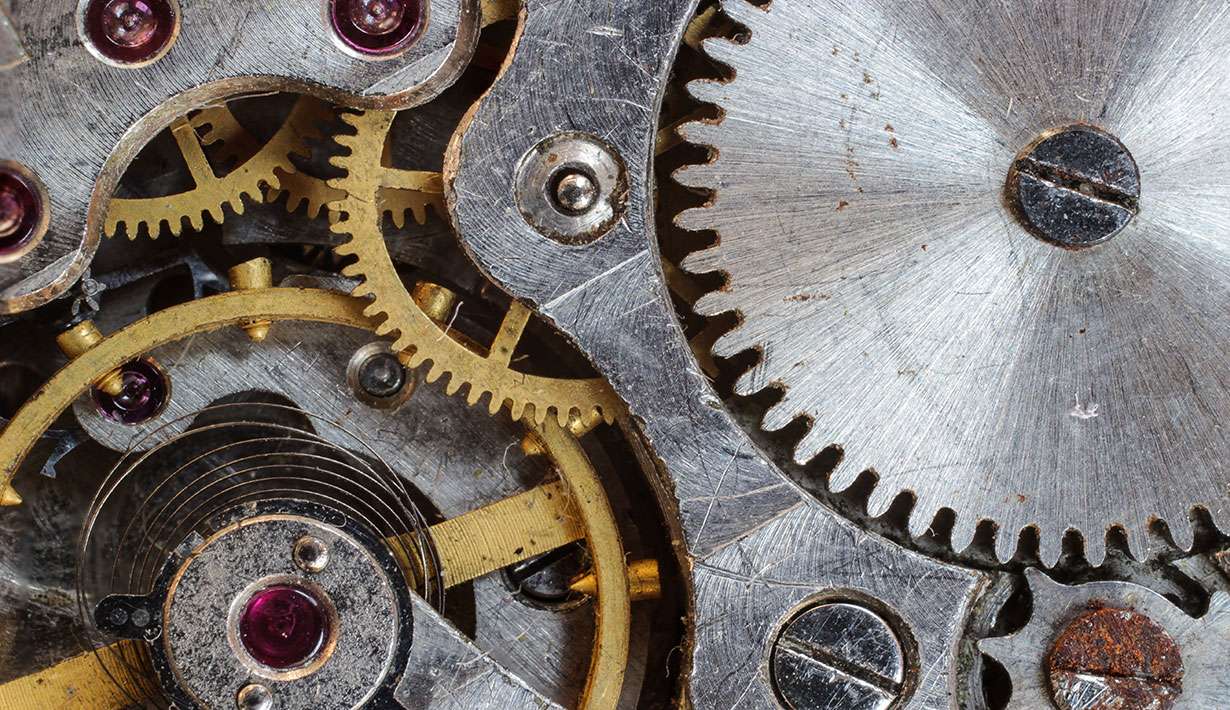How to Check and Maintain Your Car
Regular car maintenance is the key to ensuring your vehicle runs efficiently and safely. Proactively checking and maintaining your car can prevent unexpected breakdowns, extend its lifespan, and save you from costly repairs. This comprehensive guide outlines the steps you need to follow to check and maintain your car properly.
1. Inspect Fluid Levels
Your car relies on various fluids to function smoothly. Regularly check and top up the following:
- Engine Oil: Use the dipstick to ensure oil is within the recommended range and replace it according to your vehicle’s schedule.
- Coolant: Check the coolant level in the reservoir to prevent overheating.
- Brake Fluid: Ensure the fluid is at the correct level and not contaminated.
- Transmission Fluid: Verify it’s at the recommended level and clean.
- Windshield Washer Fluid: Top it up for clear visibility during rain or dusty conditions.
2. Check Tires
Tires are critical for safety and fuel efficiency. Follow these steps:
- Tire Pressure: Use a tire gauge to maintain the recommended pressure.
- Tread Depth: Ensure the tread depth is above 2/32 of an inch; replace tires if needed.
- Inspect for Damage: Look for cuts, punctures, or uneven wear.
- Rotate Tires: Rotate them every 5,000 to 7,000 miles to promote even wear.
“Just like the human body needs water, your car thrives on its essential fluids.”
“Good tires take you farther and safer.”
“A strong battery keeps your car’s heart beating.” – E&K Springs
3. Test the Battery
A reliable battery is essential for starting your car and powering its electrical components. Here’s how to check it:
- Visual Inspection: Look for corrosion on terminals and clean them if needed.
- Voltage Check: Use a multimeter to test the battery voltage; it should be around 12.6 volts when fully charged.
- Replace if Necessary: If the battery shows signs of weakness, replace it before it fails.
4. Examine the Brakes
Your brakes are one of the most critical safety components. Regularly check:
- Brake Pads: Inspect for wear and replace them if they’re below the minimum thickness.
- Brake Fluid: Ensure it’s clean and at the correct level.
- Unusual Noises: Listen for squealing or grinding sounds, which may indicate issues.
“Safe driving starts with stopping power.”
9. Keep Your Car Clean
Regular washing and detailing protect your car’s exterior and interior:
- Wash the Exterior: Remove dirt, grime, and salt to prevent rust.
- Vacuum the Interior: Keep the cabin free of debris.
- Wax and Polish: Protect the paint and maintain its shine.
“A clean car is a happy car.”
Conclusion
Regularly checking and maintaining your car is an investment in its longevity, safety, and performance. By following these steps and addressing issues promptly, you can enjoy a smoother and worry-free driving experience.
“Take care of your car, and it will take care of you.”





Leave a comment
Your email address will not be published. Required fields are marked *